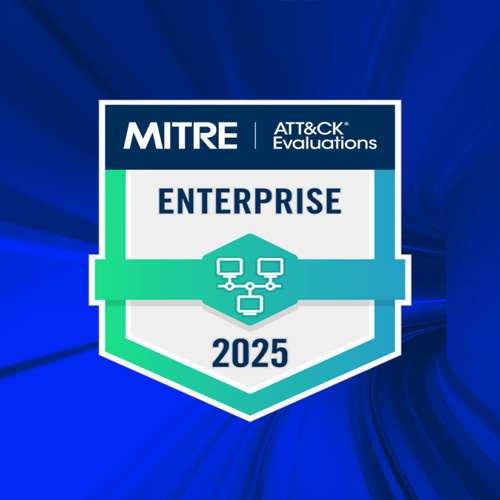Betting for Unified storage
2013-12-20
Santhosh D’ Souza,
Director - Systems Engineering,
NetApp India Marketing & Services Pvt. Ltd
As the war of words among those finding themselves among the debate of SAN Vs NAS continues unabated, it is time to give some thought to the concept of unified storage.
Both NAS and SAN provide network storage solutions. However, NAS is a single storage device that operates on data files, whereas SAN is a local network of multiple devices that operate on disc blocks. While a SAN normally uses Fibre Channel interconnects, a NAS makes Ethernet and TCP/IP connections.
Both are equally equipped to address the storage needs. In fact it should be combination of both. And hence, the emergence of unified storage. Unified Storage has in fact ended the NAS vs. SAN debate.
However, due to the worldwide proliferation of Internet technologies like TCP/IP and Ethernet, some SAN products are making the transition from Fibre Channel to the same IP-based approach NAS uses. And with the rapid improvements in disk storage technology, today's NAS devices now offer capacities and performance that once were only possible with SAN. These two industry factors have led to a partial convergence of NAS and SAN approaches to network storage.
NetApp has been delivering a truly unified storage for 11 years now, supporting both SAN and NAS architectures with support for all popular access protocols.
SAN and NAS developed to cater to differing application needs. At its very core, a SAN enables a storage array to carve out a slice of raw capacity and present it to a server which owns the space, manages it for applications/users and sends data to and receives data from the array as blocks. NAS enables a storage array to present a filesystem to a server or many servers, which then allow applications/users to read/write files in that filesystem, while the storage array manages the storage space.
“Over time, various SAN and NAS access protocols have emerged in response to subtler requirements. For example, want to use block devices over an Ethernet medium? You can choose iSCSI or FCoE. The different needs remain relevant and will continue to exist in the future, thus begging the question of what the benefits of SAN and NAS are,” says Santhosh D’ Souza, Director- Systems Engineering, NetApp India Marketing & Services Pvt. Ltd.
As technology components and offerings evolve, consumers of enterprise IT products no longer are forced to predict how business growth or changes will affect storage architecture in the future. “Questions like "Where will I need more capacity and performance – block level storage or file level storage?", "Which protocol should I bet on for SAN - FC, iSCSI or FCoE?" no longer need to be asked,” says Santhosh.
edit@varindia.com
See What’s Next in Tech With the Fast Forward Newsletter
Tweets From @varindiamag
Nothing to see here - yet
When they Tweet, their Tweets will show up here.





























